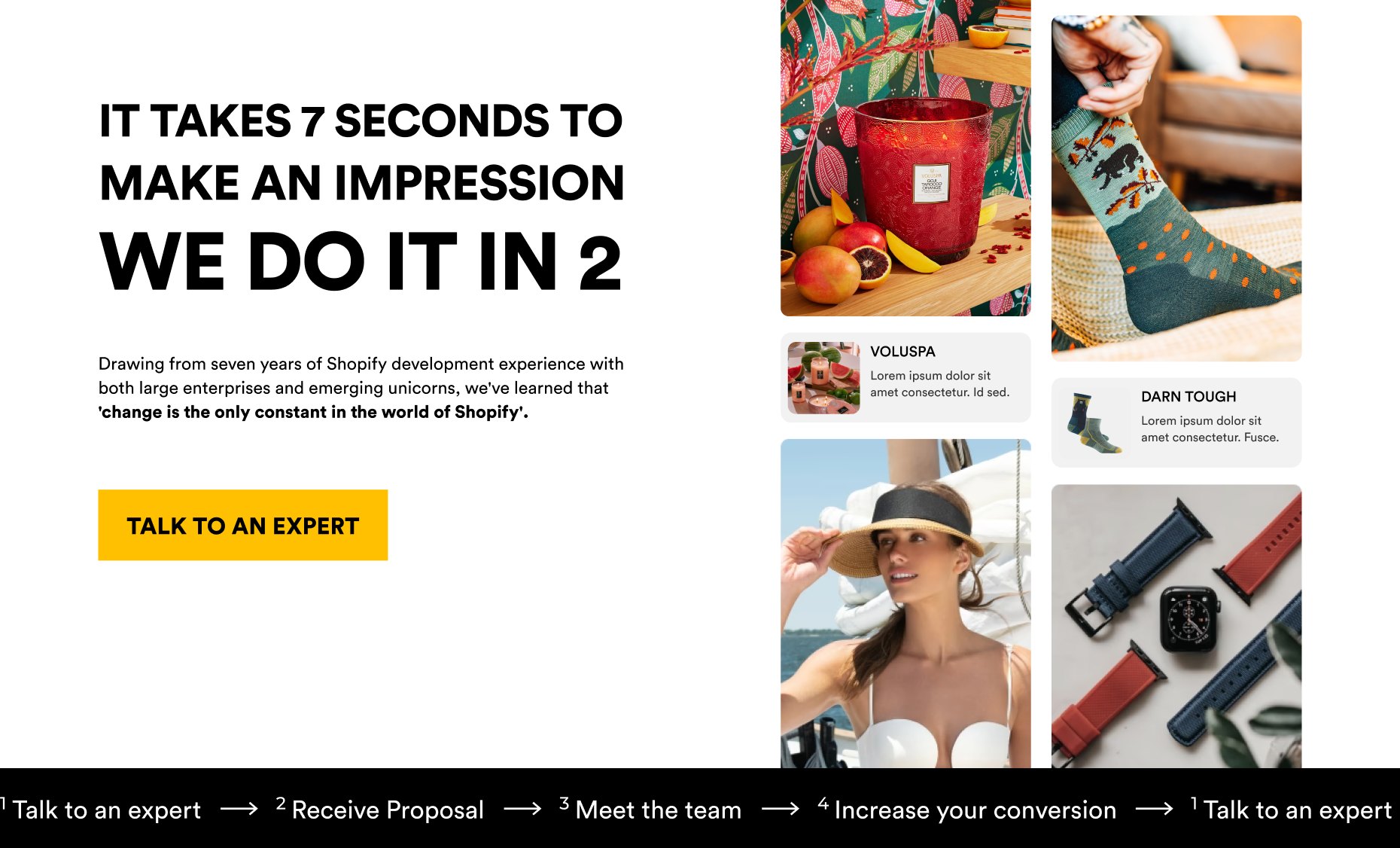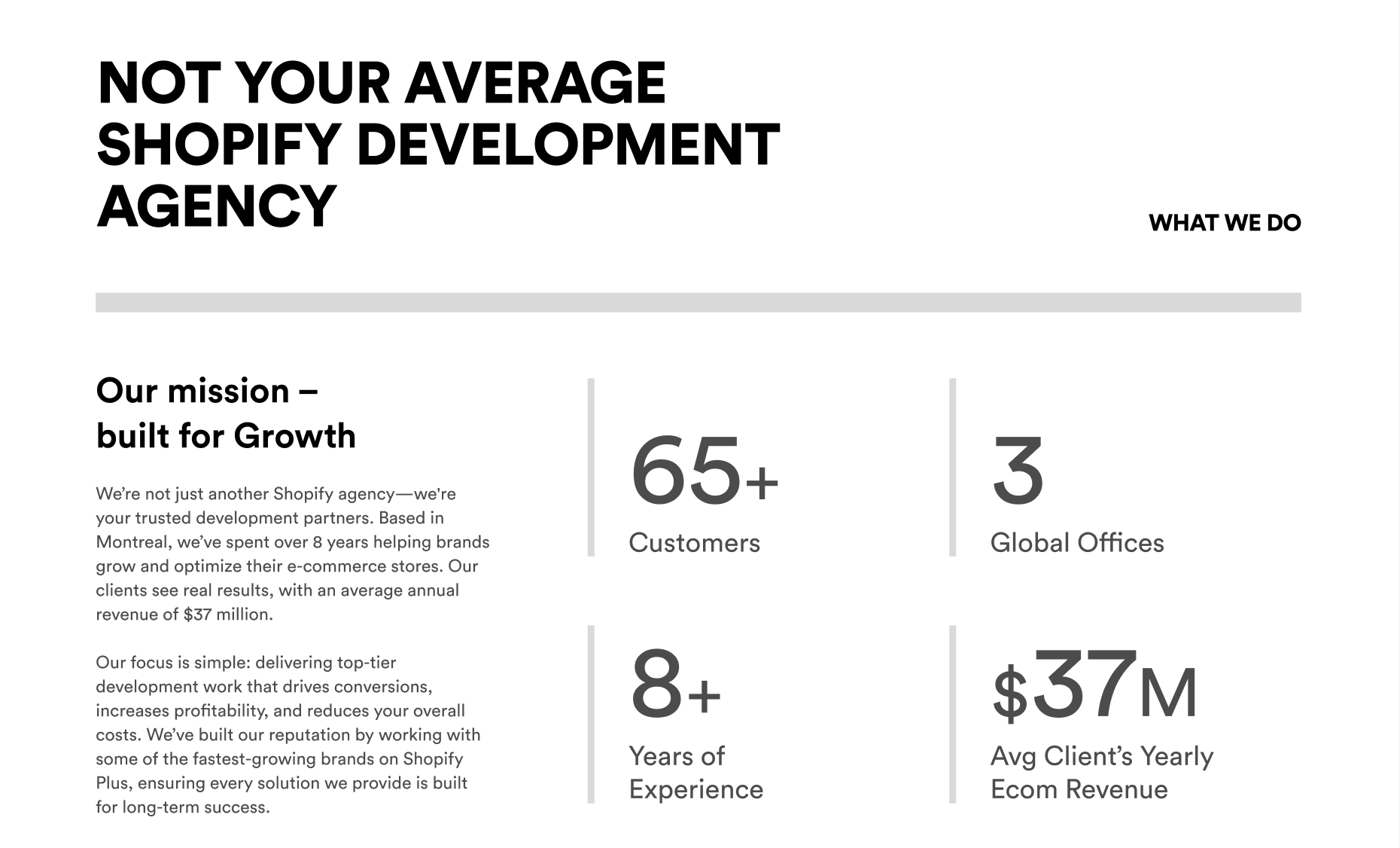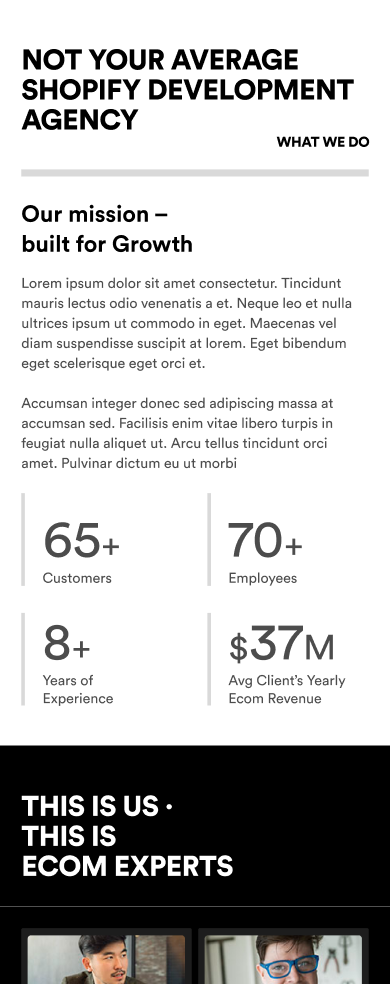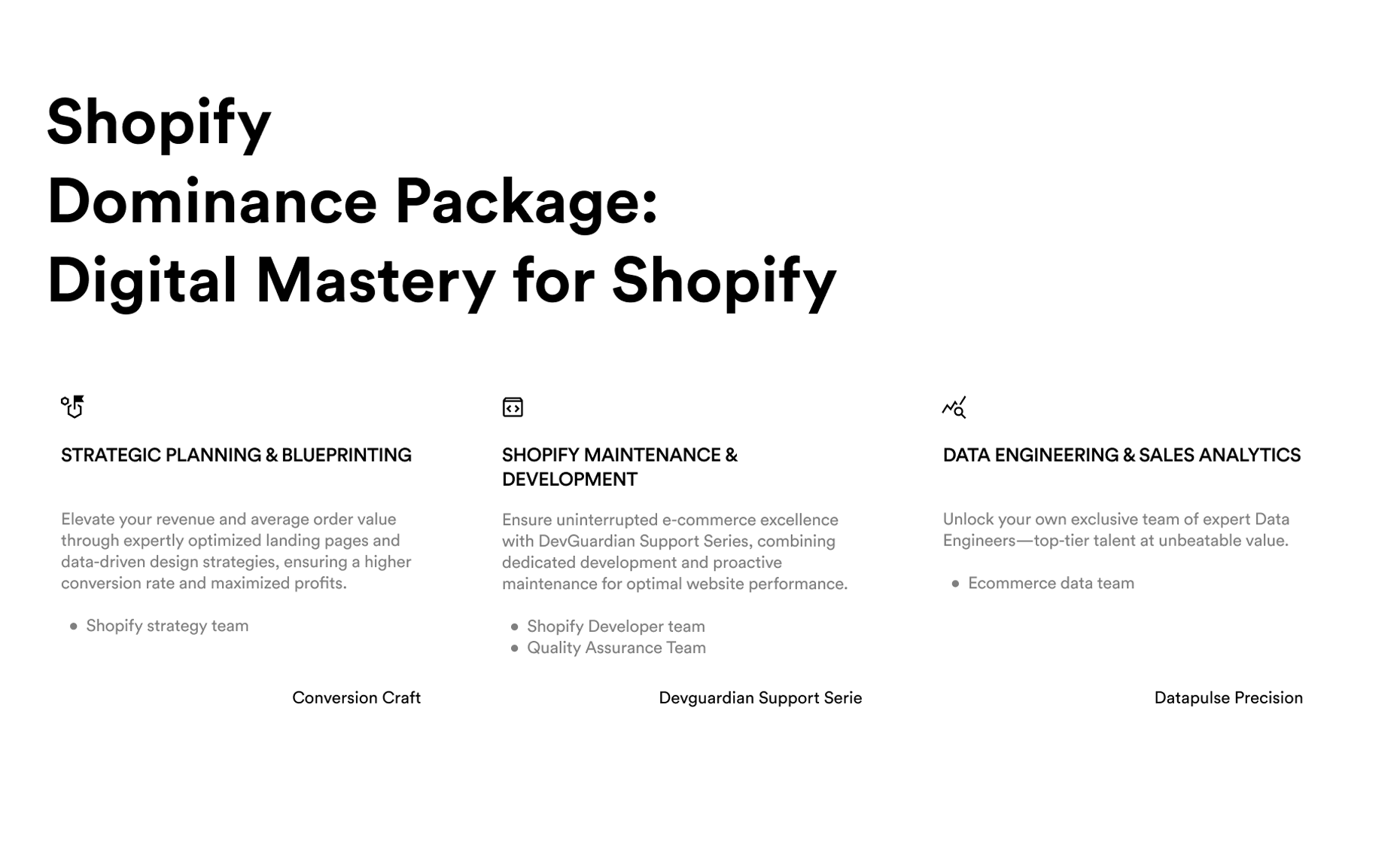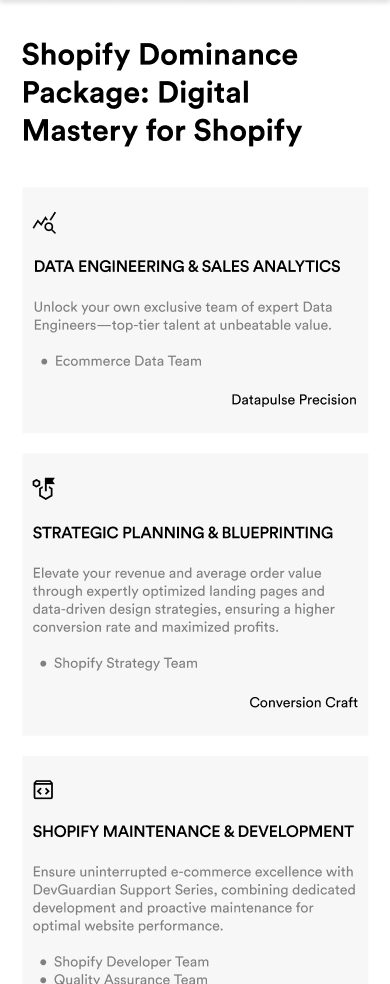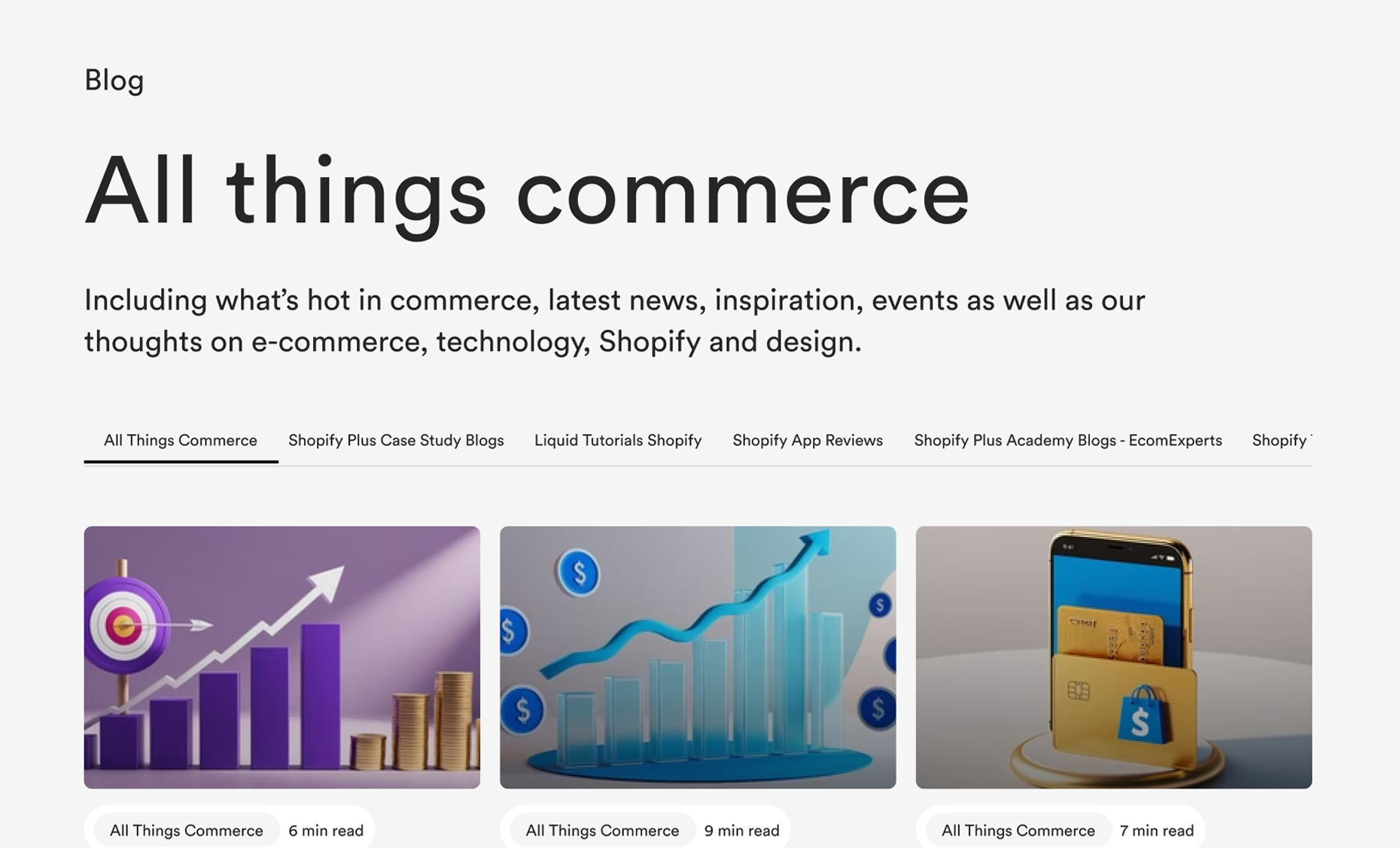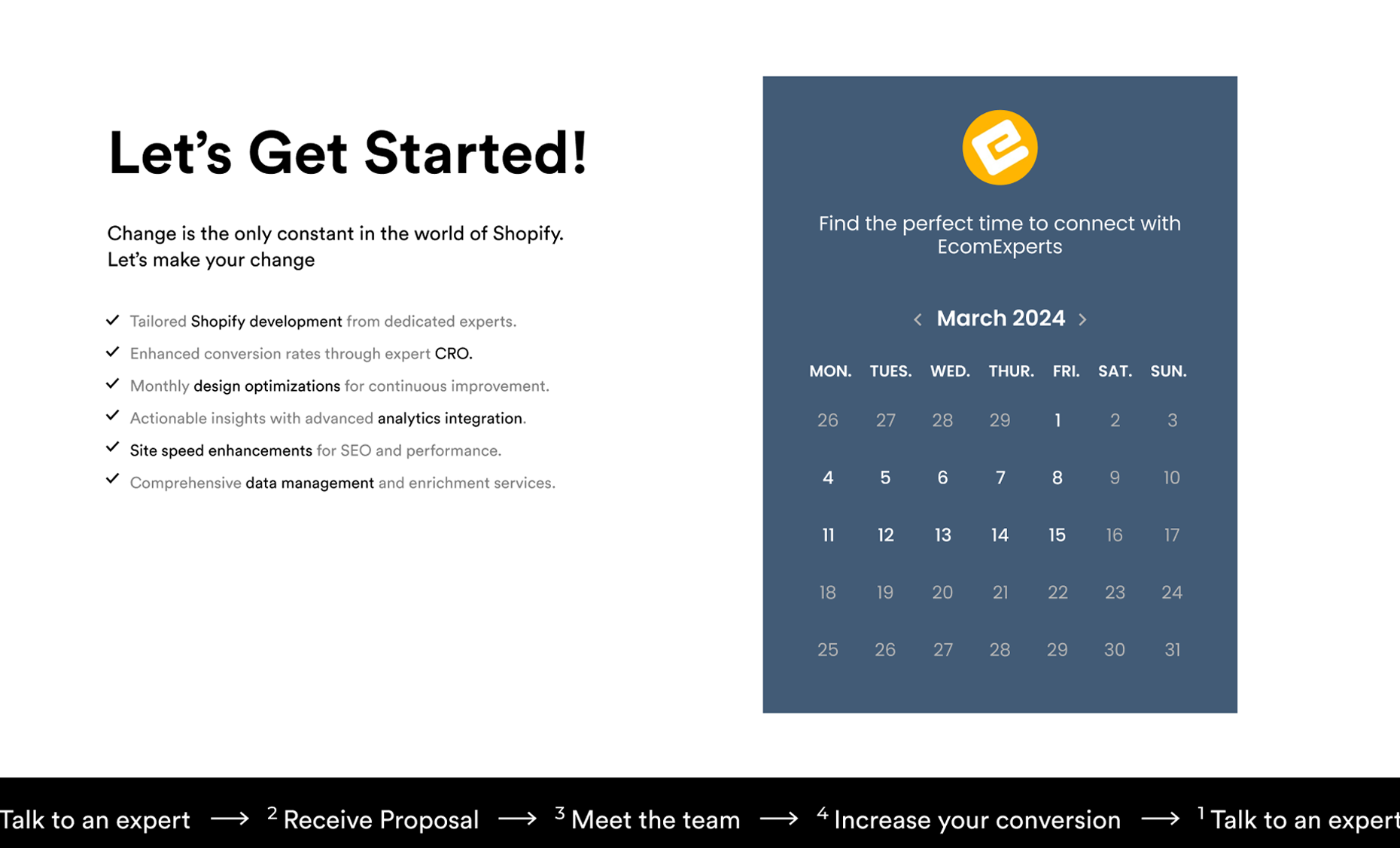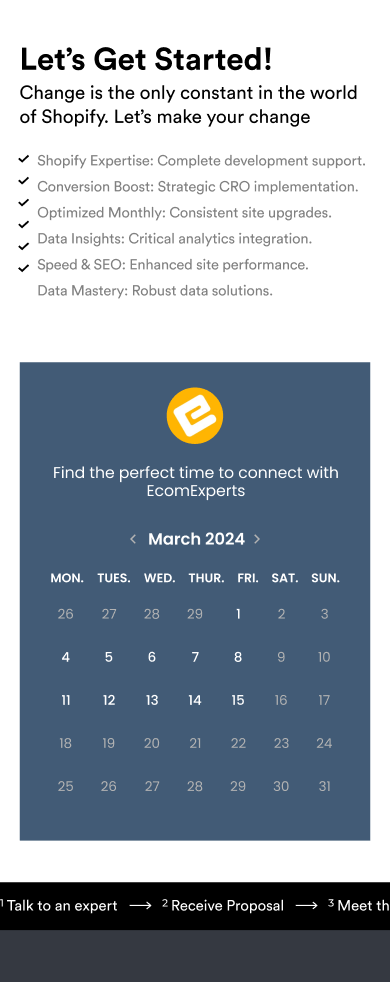With so many online stores out there, keeping customers coming back isn’t easy.
That’s where e-commerce email marketing comes in—it’s one of the most direct ways to stay connected with people who already like what you offer.
Unlike social media, email lets you get right into their inbox, reaching them where they’re more likely to pay attention. The best e-commerce brands use email not just to sell but to keep customers engaged, coming back, and feeling connected to the brand.
In this guide, we’ll look at why email marketing is a must, the best platforms to use, and how to make it all work without feeling like a spam machine.
What is E-commerce Email Marketing?
E-commerce email marketing is simply using email to keep your customers in the loop and engaged with your store. It’s different from the general email marketing you see because it’s focused on getting people to buy or stay connected with your brand.
Instead of just sending random updates, e-commerce email marketing is all about timed emails—like welcoming new subscribers, reminding people of items left in their cart, or even suggesting products they might like based on what they’ve already bought.
At its core, it’s about building a relationship. These emails can be personal, targeted, and focused on keeping people interested long after their first visit. E-commerce brands that get email marketing right use it to give customers a good reason to come back, time and time again.
Why Email Marketing is Essential for E-commerce Success
So, why is email marketing so crucial for e-commerce? Simply put, it’s one of the most effective ways to turn one-time buyers into loyal customers. Here’s what makes email marketing such a powerful tool for online stores:
1. Keeps Your Brand Top of Mind
Regular emails keep your brand fresh in your customers’ minds. Even if they aren’t ready to buy right away, seeing your emails builds familiarity.
When they’re ready to make a purchase, there’s a good chance they’ll remember your store over others because they’ve seen your brand consistently in their inbox.
2. Builds Long-Term Customer Loyalty
Email gives you a direct way to connect with your customers. Through personalized messages like birthday discounts, thank-you notes, or product recommendations based on their past purchases, you can make customers feel valued and understood.
This personal touch is what builds real loyalty—customers who feel a connection to your brand are not only more likely to return but also to recommend your store to others.
3. Drives Conversions Like No Other Channel
Email is known for driving higher conversions than many other channels. Why? Because people check their emails on their terms, without the pressure of ads popping up unexpectedly.
When they open an email from your store, they’re already engaged, which makes them more receptive to what you’re offering. Plus, emails make it easy for them to browse specific products or take advantage of deals, often with just one click.
4. Supports Targeted Promotions and Sales
With email, you can get laser-focused on who sees what.
Say you want to run a special promotion for loyal customers or send product recommendations to customers who previously bought certain items—segmentation makes that possible.
By tailoring messages to specific groups, you can create emails that resonate better and lead to more clicks, higher engagement, and ultimately, more sales.
5. Provides a Cost-Effective Way to Engage Customers
Compared to channels like paid ads or social media, email marketing offers significant reach with minimal costs.
After the initial setup, many email campaigns can be automated, which means your store stays active in customers’ minds without constant manual effort.
This makes email marketing not just effective but also budget-friendly, giving you a high return on investment over time.
6. Helps You Understand Customer Behavior
Email marketing isn’t just about sending messages—it also gives you insights into what your customers like.
By tracking metrics like open rates, click-throughs, and conversion rates, you can see what kinds of offers or products appeal to different segments of your audience.
This data can help refine future campaigns, allowing you to create emails that continuously improve over time.
In short, email marketing is the bridge between your brand and your customers. It’s cost-effective, direct, and can be finely tuned to keep people coming back.
For e-commerce brands that want to grow and keep customers engaged, email marketing is a tool you simply can’t ignore.
Choosing the Right Email Marketing Platform for E-commerce
Picking the right email marketing platform can make a big difference in how effectively you connect with your customers.
There are tons of options out there, but not all are built with e-commerce needs in mind. Here’s a look at some of the best platforms for e-commerce stores and what to consider before making a choice:
1. Klaviyo
- Why it Stands Out: Klaviyo is designed specifically with e-commerce businesses in mind. It offers powerful automation, customer segmentation, and personalized email flows that make it easy to send targeted campaigns. It also integrates seamlessly with Shopify, making it a popular choice for Shopify Plus stores.
- Key Features: Advanced segmentation, pre-built automation flows, predictive analytics, and personalized product recommendations.
2. Mailchimp
- Why it Stands Out: Mailchimp is known for its user-friendly interface and versatility. Although it’s a general email marketing platform, it has a range of e-commerce features that are useful for beginners and small to mid-sized stores. It also supports Shopify integration, although not as deeply as Klaviyo.
- Key Features: Drag-and-drop editor, customizable templates, basic automation, and audience segmentation.
3. ActiveCampaign
- Why it Stands Out: ActiveCampaign goes beyond basic email marketing by offering customer relationship management (CRM) features. It’s a solid choice for e-commerce stores that want to personalize their campaigns at a deeper level, thanks to its strong automation capabilities and sales tracking.
- Key Features: CRM integration, advanced automation, behavioral tracking, and personalized messaging.
4. Brevo (formerly Sendinblue)
- Why it Stands Out: Brevo is known for its affordability and ease of use. It’s a great option for stores looking to get started with email marketing without a large budget. While it doesn’t offer all the advanced features of Klaviyo, it does provide essential e-commerce tools and supports automation.
- Key Features: Marketing automation, SMS marketing integration, email personalization, and affordable pricing.
Factors to Consider When Choosing an Email Marketing Platform
- Integration with E-commerce Platform: Look for a platform that integrates smoothly with your store, especially if you’re on Shopify or Shopify Plus. Direct integration allows you to pull in customer data, track purchases, and send more personalized messages.
- Automation and Segmentation Options: Automations can save you time and keep customers engaged, while segmentation helps you target the right audience. The more sophisticated your platform’s automation and segmentation capabilities, the more you can personalize your emails.
- Ease of Use and Customization: Whether you’re a beginner or have experience, the platform should be easy to navigate and offer enough flexibility to match your brand’s style.
- Analytics and Reporting: Tracking performance is crucial for improvement. Choose a platform that offers comprehensive reporting on open rates, click-through rates, and conversions, so you can see what’s working and where to adjust.
Selecting the right platform sets the foundation for your email marketing success. By considering your store’s specific needs and goals, you can choose a tool that fits well and helps you make the most of your email marketing efforts.
Essential Email Campaigns for E-commerce Stores
Not all emails are created equal. When it comes to e-commerce email marketing, certain types of emails work especially well for keeping customers engaged and driving sales.
Here are some essential email campaigns to consider for your e-commerce store:
1. Welcome Email Series

Source: WildWonder - @ReallyGoodEmails
- Purpose: Make a strong first impression by welcoming new subscribers. This is your chance to introduce your brand, share a bit of your story, and highlight what customers can expect from your store.
- Key Components: A thank-you message, an introduction to your best products, and maybe a first-time discount to encourage that first purchase.
2. Abandoned Cart Recovery Email Series

- Purpose: One of the most effective emails for reclaiming lost sales. When a customer leaves items in their cart, an abandoned cart email reminds them to come back and complete the purchase.
- Key Components: Friendly reminders, images of the abandoned items, and often a discount code or incentive to nudge them toward checkout.
3. Product Recommendations

- Purpose: Drive additional sales by recommending items based on customers' past purchases or browsing behavior. This is a great way to keep customers interested and show them products they might not have found on their own.
- Key Components: Personalized product suggestions, "you may also like" sections, and seasonal recommendations based on trending items.
4. Post-Purchase Follow-Up

- Purpose: Engage customers after the sale, build loyalty, and keep the relationship going. Post-purchase emails can include order confirmations, thank-you messages, and product care tips, making customers feel appreciated.
- Key Components: Order confirmation, a thank-you note, and suggestions for other products they might like based on their purchase.
5. Re-Engagement Campaigns

- Purpose: Win back customers who haven’t shopped or interacted with your brand for a while. Re-engagement emails aim to re-spark interest and remind them of what they loved about your store.
- Key Components: Special offers, reminders of past purchases, and reasons to return—like new products, limited-time discounts, or updates about your brand.
6. Seasonal and Promotional Campaigns

- Purpose: Drive excitement and urgency around special events, holidays, or new product launches. These emails work well for promoting limited-time discounts, seasonal collections, or holiday sales.
- Key Components: Clear discount details, seasonal themes, a countdown timer, and eye-catching visuals that highlight the offer’s limited nature.
Using these email types in your strategy helps keep customers engaged at every stage of their journey, from first-time buyers to loyal fans.
By building out these essential campaigns, you’ll be able to maintain a strong connection with your customers and create consistent opportunities to drive sales.
Best Practices for Effective E-commerce Email Marketing
Creating effective e-commerce email marketing campaigns takes more than just hitting “send.”
Here are some tried-and-true best practices to ensure your emails reach the right people, at the right time, and with the right message.
1. Segment Your Audience for Personalization
- Why It Matters: Not all customers are the same, so your emails shouldn’t be, either. Segmentation allows you to create targeted groups based on behavior, location, purchase history, or even engagement level. This helps you send emails that feel relevant and personal, increasing the chances of opens and clicks.
- How to Do It: Group your subscribers into segments like “first-time buyers,” “VIP customers,” or “infrequent shoppers” to tailor your messages accordingly.
2. Craft Engaging Subject Lines
- Why It Matters: Your subject line is your first impression. A well-crafted subject line makes customers curious to open the email, while a generic one may get lost in the inbox.
- How to Do It: Use action words, add a sense of urgency (like “limited time”), or try a question to spark interest. Keep it short and to the point—most inboxes cut off long subject lines.
3. Time Your Sends Thoughtfully
- Why It Matters: Sending emails at the wrong time can mean missed opportunities. The best timing depends on your audience, but typically, mid-morning or early afternoon works well.
- How to Do It: Test different times and days to see what resonates best with your audience. Consider automating key emails, like abandoned cart reminders, to reach customers when it’s most relevant.
4. Keep Your Design Clean and Mobile-Friendly
- Why It Matters: Many customers check emails on their phones, so a clunky design can lead to frustration and lost sales. A clean, simple layout with easy-to-click buttons keeps customers engaged.
- How to Do It: Stick to a simple design, use eye-catching visuals, and make sure your text is easy to read on any device. Test emails on both mobile and desktop to ensure a smooth experience.
5. Test and Optimize Regularly
- Why It Matters: Testing allows you to learn what works and continuously improve. By A/B testing subject lines, images, or CTA buttons, you can optimize future emails based on real results.
- How to Do It: Try changing one element at a time, such as the subject line or CTA placement. Track performance to understand what resonates with your audience and adjust accordingly.
6. Track Metrics and Refine Your Strategy
- Why It Matters: Metrics like open rates, click-through rates, and conversions give you valuable feedback. By tracking these, you can see which campaigns are working and where improvements are needed.
- How to Do It: Set benchmarks for each campaign and compare results over time. If engagement drops, consider refreshing your approach, whether that means changing your content, timing, or segment targeting.
Small tweaks and regular optimizations can lead to higher engagement, more sales, and a stronger relationship with your customers.
Remember, the goal is to make each email feel relevant and valuable—because when done right, email marketing doesn’t just sell; it builds trust and keeps customers coming back.
How to Get Started with E-commerce Email Marketing
Ready to dive into e-commerce email marketing? Here’s a step-by-step guide to help you get started, from setting goals to launching your first campaign.
1. Set Clear Goals
- Why It Matters: Knowing what you want to achieve will help you tailor your email strategy. Are you looking to boost sales, increase customer loyalty, or reduce cart abandonment? Clear goals will guide the type of emails you create and how you measure success.
- How to Do It: Start by defining specific, measurable goals. For example, “Increase repeat purchases by 20% over the next quarter” or “Reduce cart abandonment by 10%.”
2. Build and Grow Your Email List
- Why It Matters: Your email list is the foundation of your marketing efforts. The more targeted and engaged your list, the better your results.
- How to Do It: Use opt-in forms on your website, offer incentives like discounts or freebies, and encourage customers to subscribe at checkout. Ensure you’re compliant with email marketing laws like GDPR to build a quality list of subscribers who genuinely want to hear from you.
3. Choose the Right Email Marketing Platform
- Why It Matters: The right platform will streamline your email marketing and offer tools for automation, segmentation, and personalization.
- How to Do It: Based on your goals and budget, select a platform that integrates well with your e-commerce store. Platforms like Klaviyo, Mailchimp, or ActiveCampaign are popular choices for their e-commerce-focused features.
4. Set Up Basic Automations
- Why It Matters: Automated emails save time and keep your marketing consistent. From welcome series to abandoned cart recovery, automations ensure customers receive timely and relevant messages.
- How to Do It: Start with core automations, like a welcome series, abandoned cart reminders, and post-purchase follow-ups. These foundational workflows keep customers engaged and increase the likelihood of repeat purchases.
5. Design and Launch Your First Campaign
- Why It Matters: The design and content of your emails play a huge role in engagement. A well-crafted campaign makes your brand look professional and keeps subscribers interested.
- How to Do It: Create an email that’s visually appealing and easy to read. Use high-quality images, clear CTAs (calls-to-action), and concise copy. Before sending, test the email on both desktop and mobile to ensure it looks great on all devices.
6. Track and Analyze Your Results
- Why It Matters: Tracking metrics like open rates, click-through rates, and conversions helps you understand what’s working and what isn’t.
- How to Do It: After each campaign, review your performance metrics. Look for trends over time and use insights to refine your future emails. Adjust your strategy based on what your audience responds to best.
Starting small and refining your approach as you go lets you see what truly resonates with your audience.
Over time, you’ll build stronger connections with your customers, boost engagement, and drive consistent sales—all through the power of email.
Why E-commerce Brands Can’t Afford to Ignore Email Marketing Anymore
Email marketing is one of the most valuable tools for e-commerce brands today. It’s a direct, cost-effective way to stay connected with your customers, drive repeat sales, and build brand loyalty.
By choosing the right platform, crafting engaging emails, and following best practices, you can create campaigns that feel personal and meaningful to your audience.
Whether you’re just starting or looking to optimize your strategy, remember that consistency and adaptability are key. Keep refining your approach based on what resonates with your customers, and over time, you’ll see how email marketing can become a core driver of your store’s success.
E-commerce Email Marketing FAQs
Q1. What makes email marketing so effective for e-commerce?
Email marketing provides a direct line to customers, allowing you to communicate offers, updates, and personalized recommendations. Unlike social media or ads, it lets you reach subscribers who are already interested in your brand, resulting in higher engagement and conversion rates.
Q2. How often should I send emails to my customers?
The ideal frequency varies, but typically, sending 1-2 emails per week keeps your brand top of mind without overwhelming subscribers. Monitor engagement rates and adjust based on what works best for your audience to find the right balance.
Q3. Which types of email campaigns work best for online stores?
Core campaigns like welcome series, abandoned cart reminders, product recommendations, and seasonal promotions are highly effective for e-commerce. These campaigns guide customers through their journey with your brand, from first-time buyers to repeat customers.
Q4. What email platform is best for e-commerce?
Platforms like Klaviyo, Mailchimp, and ActiveCampaign are popular due to their e-commerce-friendly features like automation, segmentation, and integration with online stores. The right choice depends on your specific needs, budget, and the level of customization you’re after.
Q5. How can I grow my e-commerce email list?
Encourage sign-ups by offering incentives like discounts, freebies, or exclusive content. Make it easy for customers to subscribe by placing opt-in forms on your website, in the checkout process, or through social media channels.


